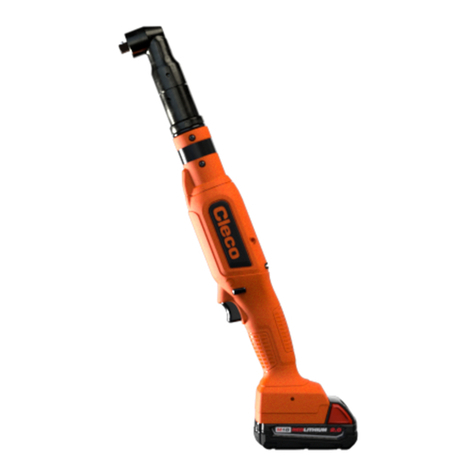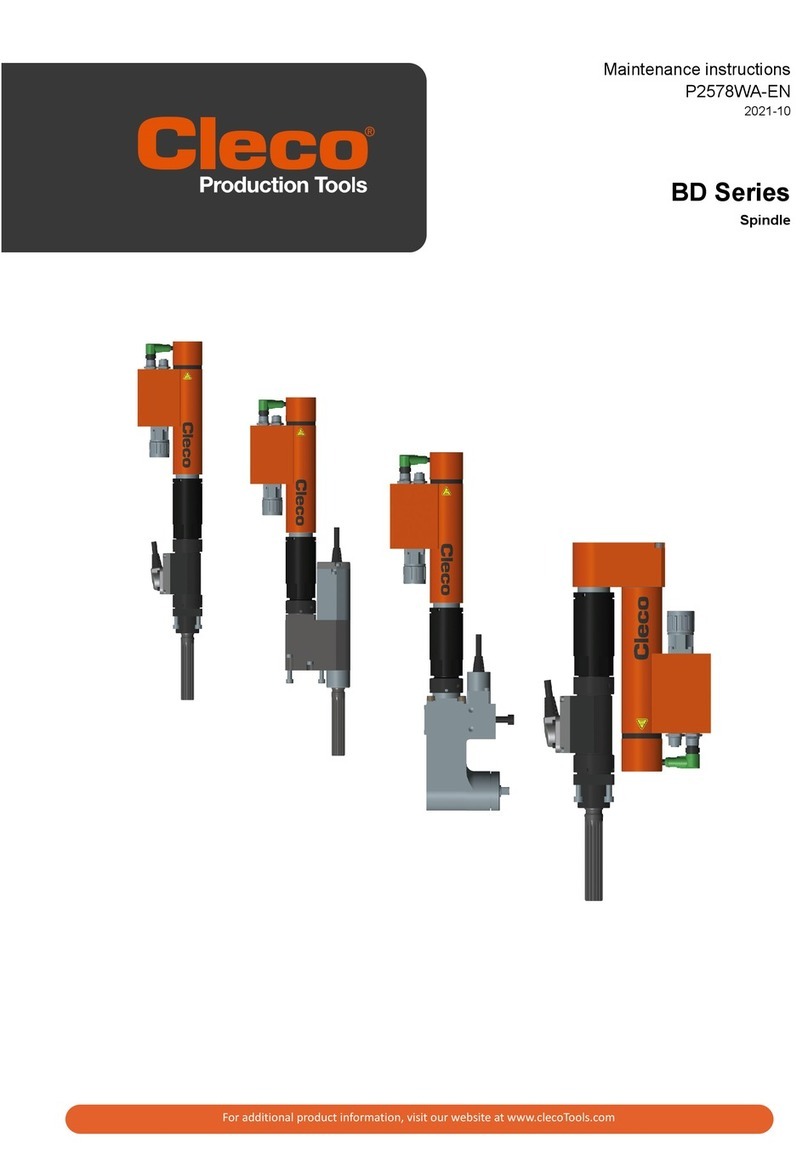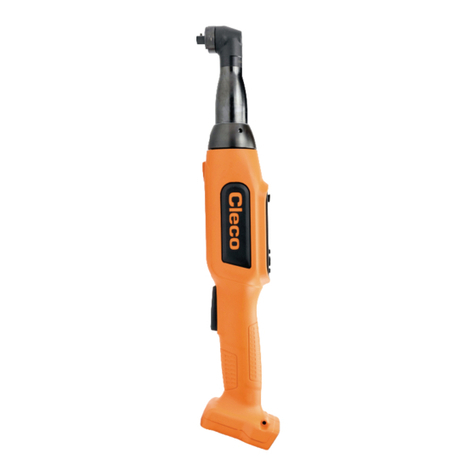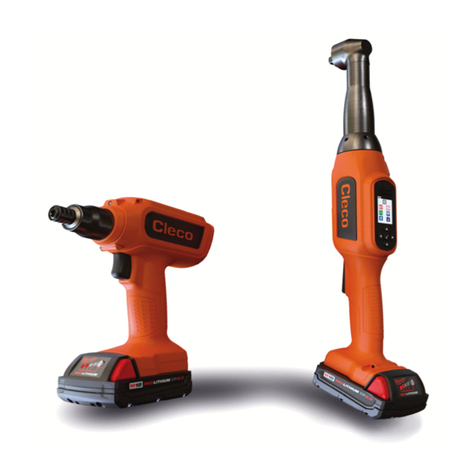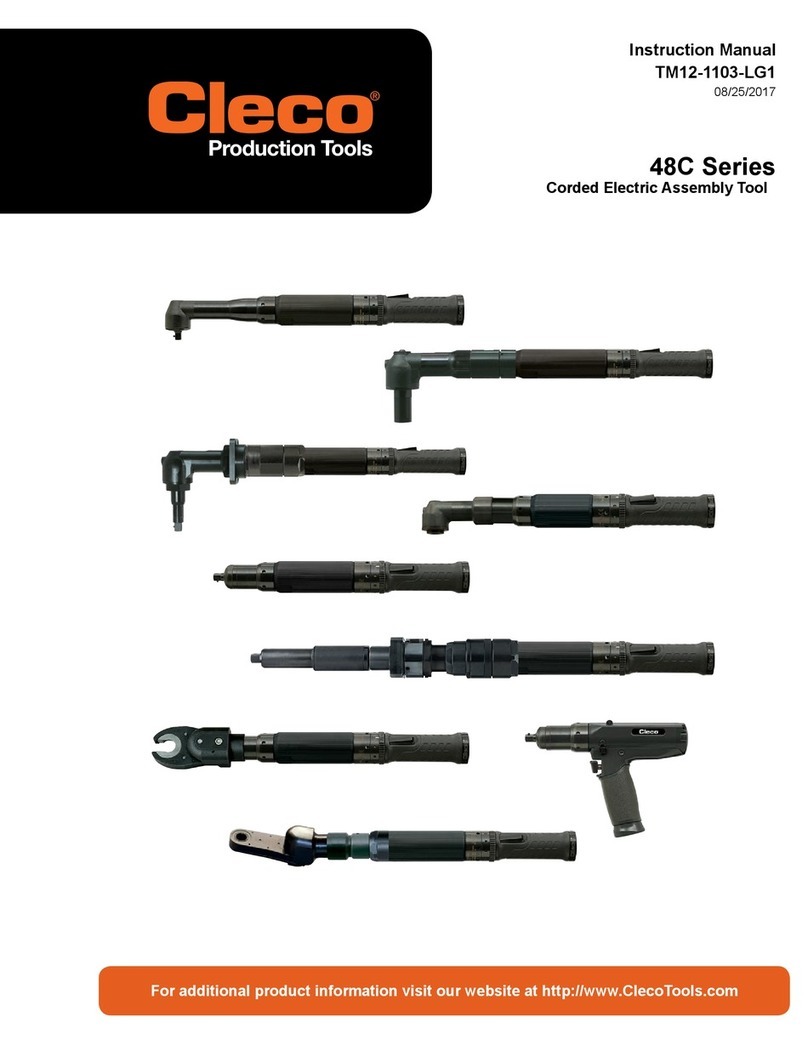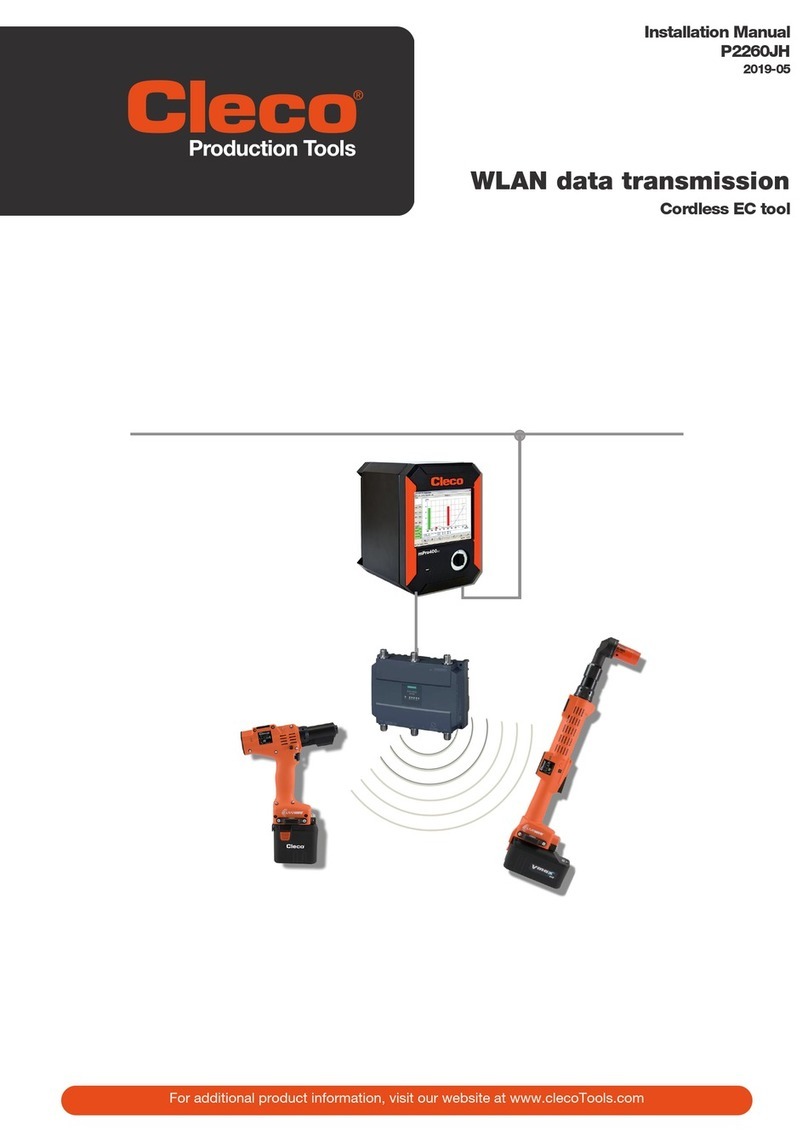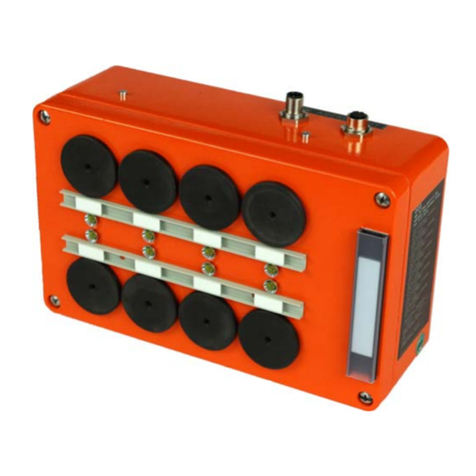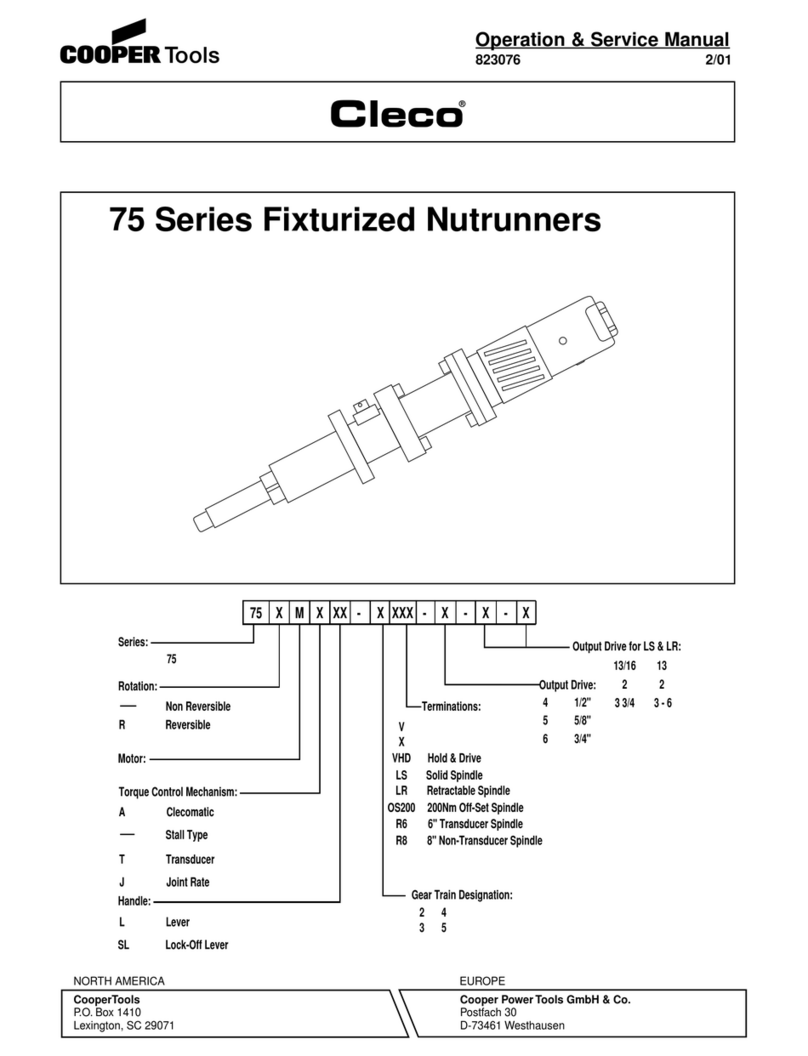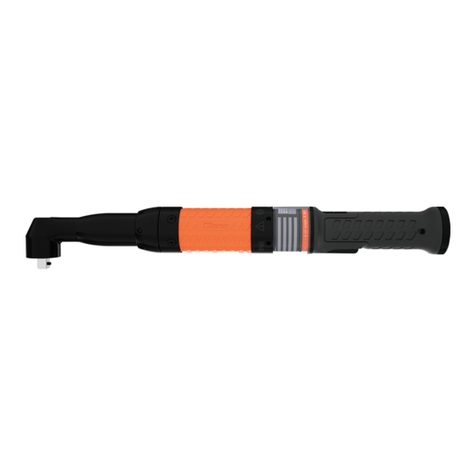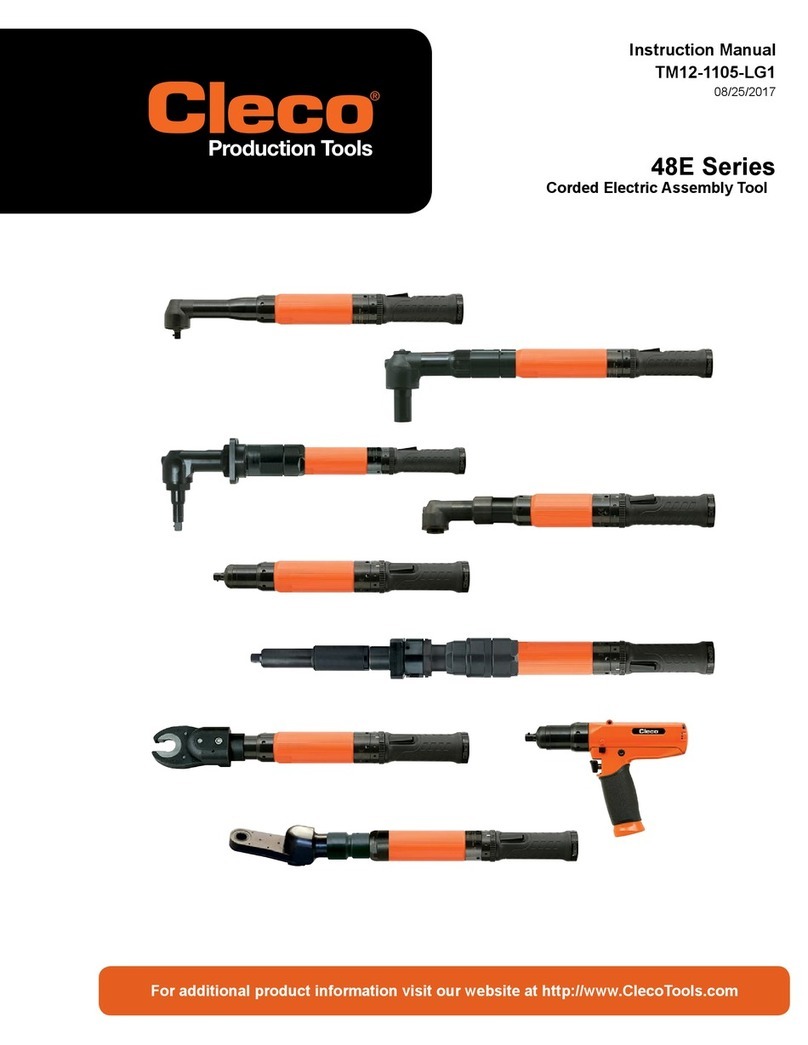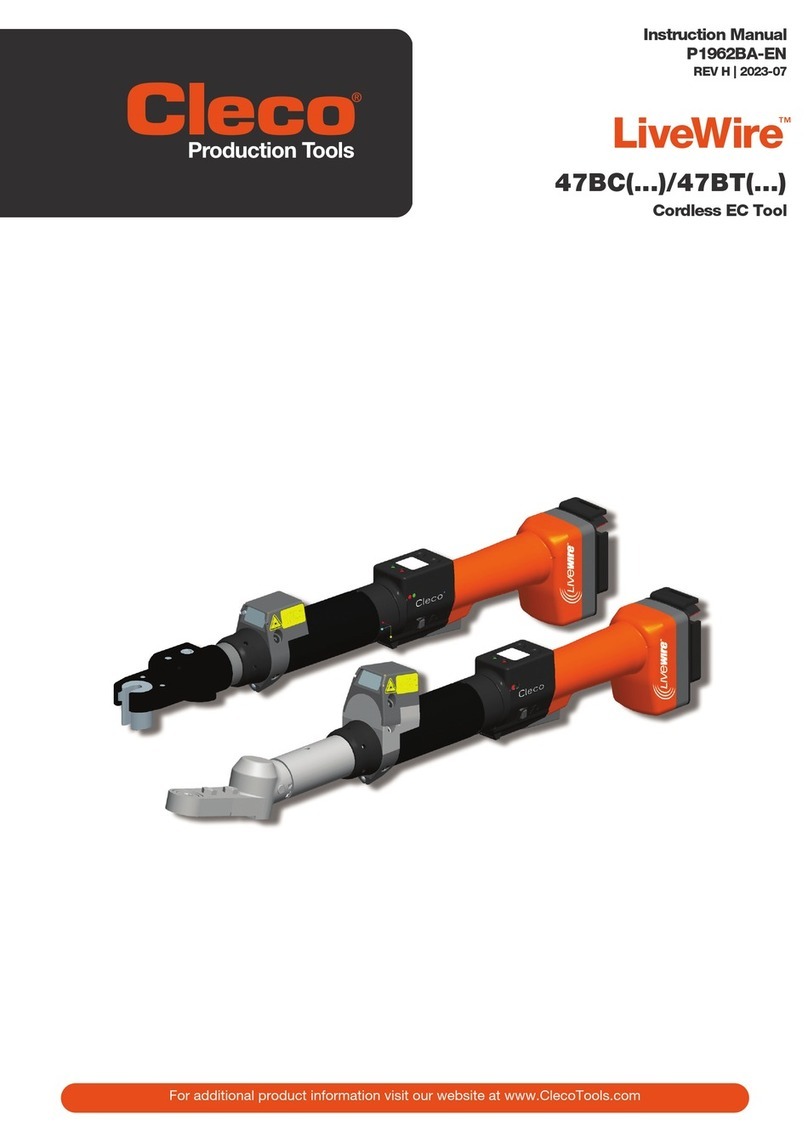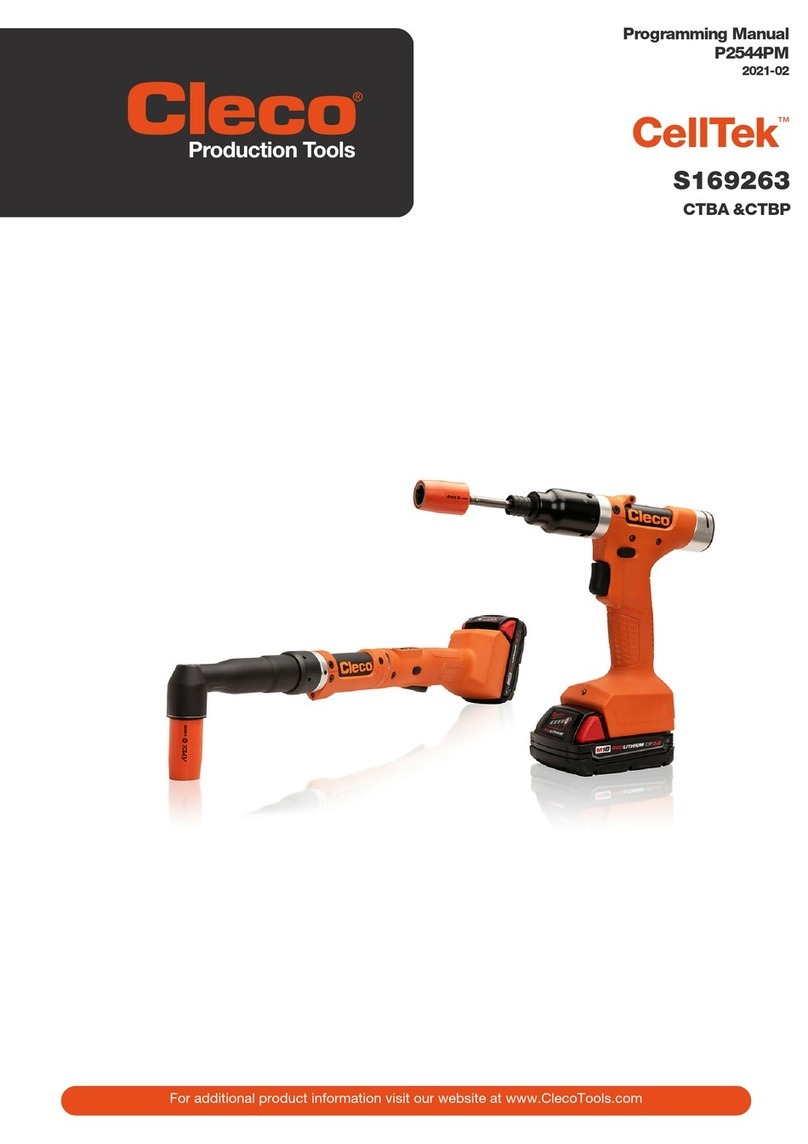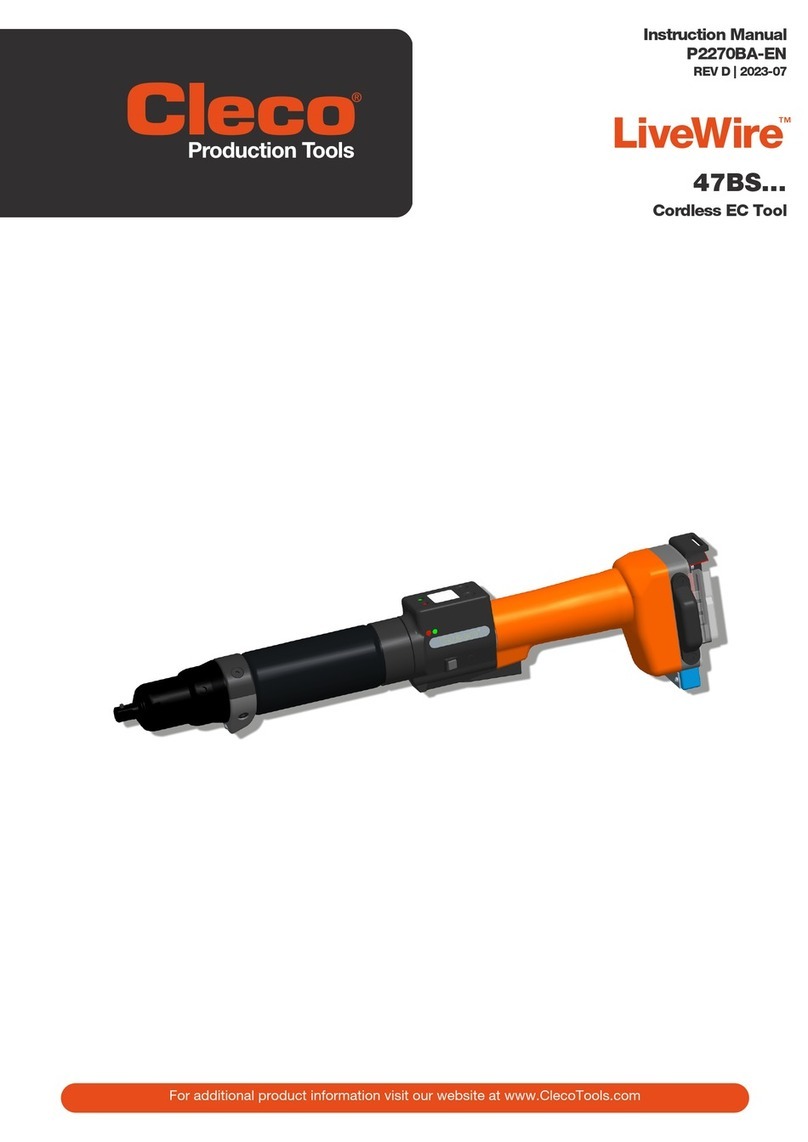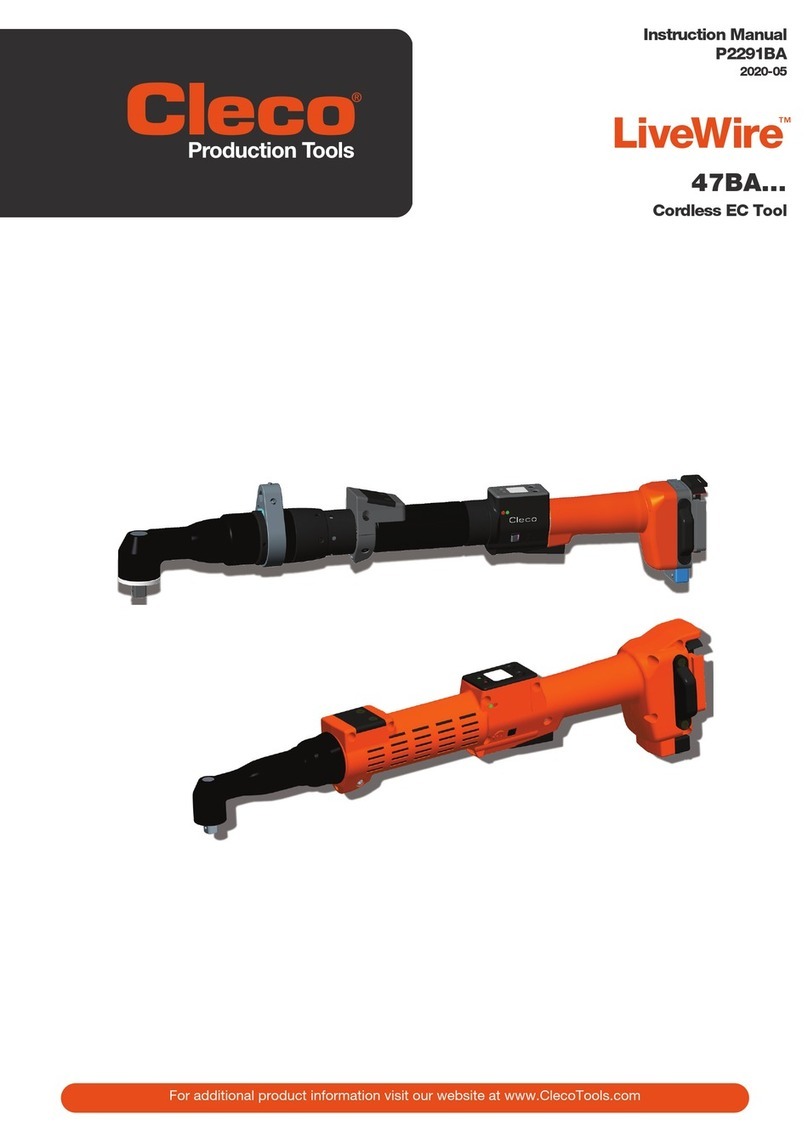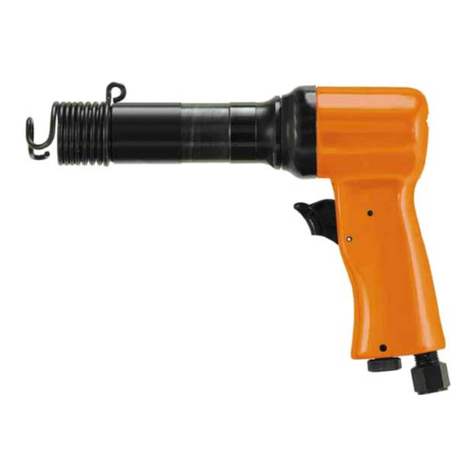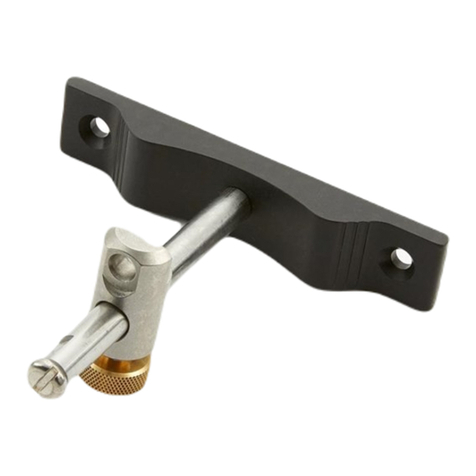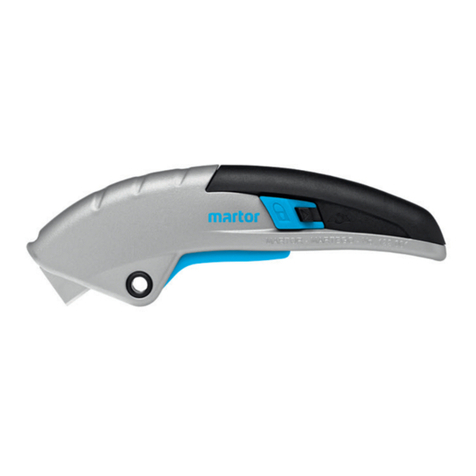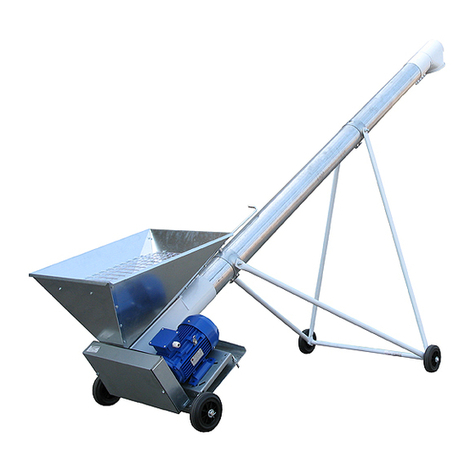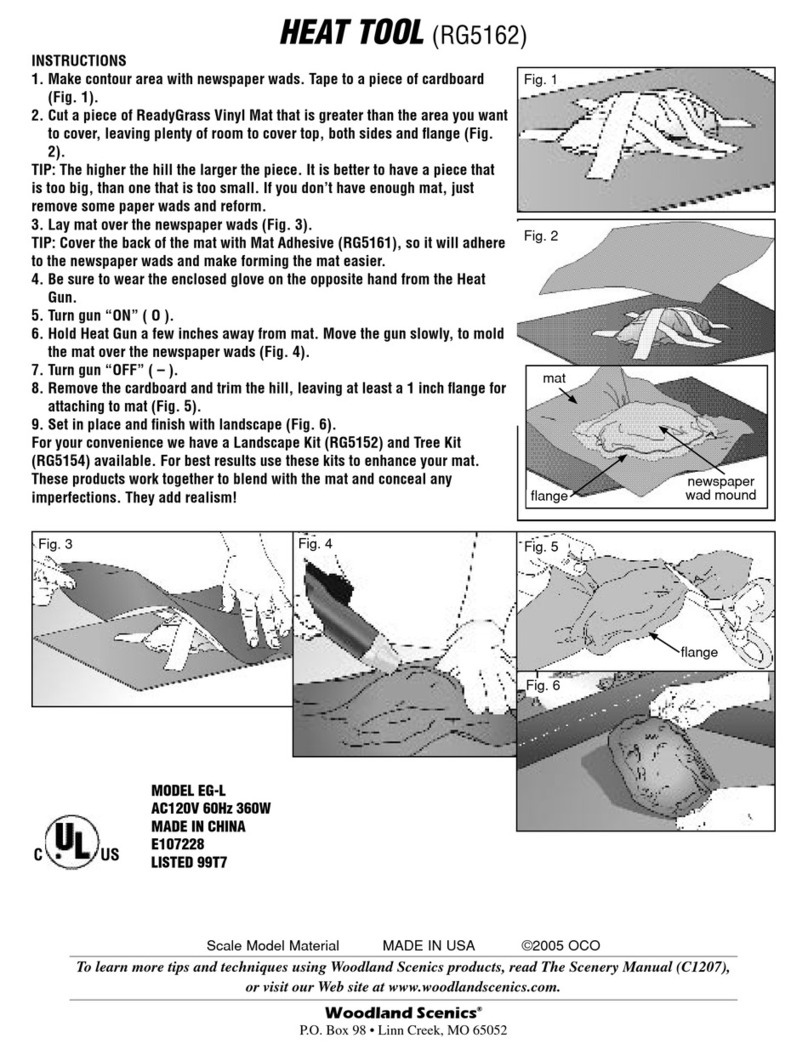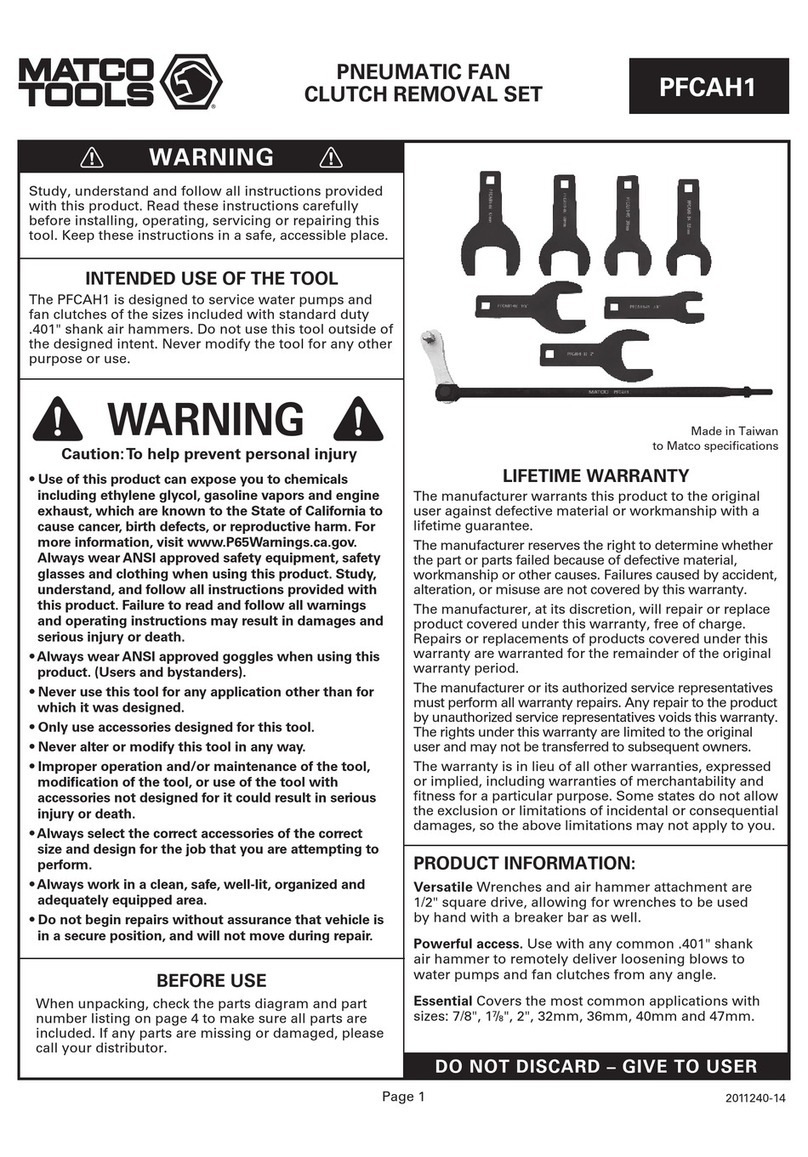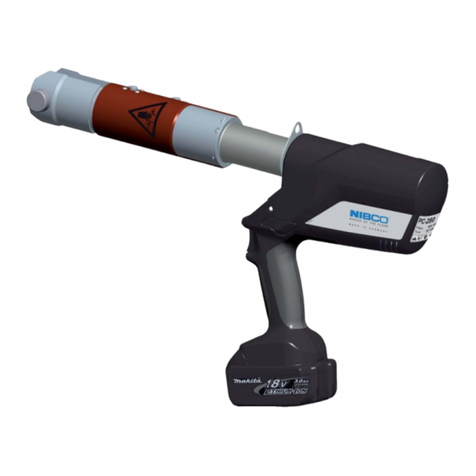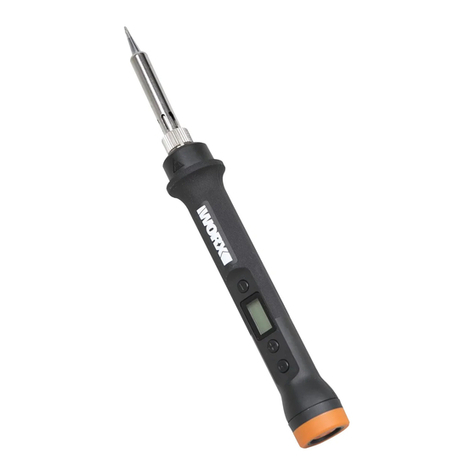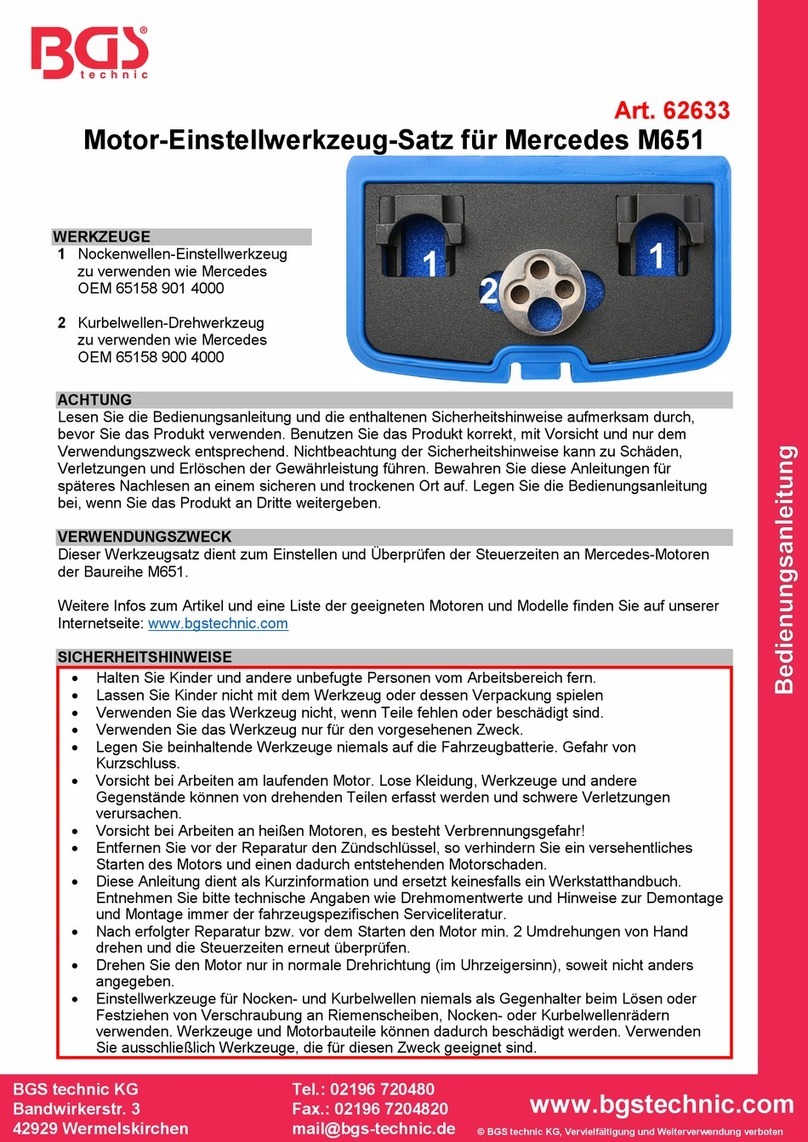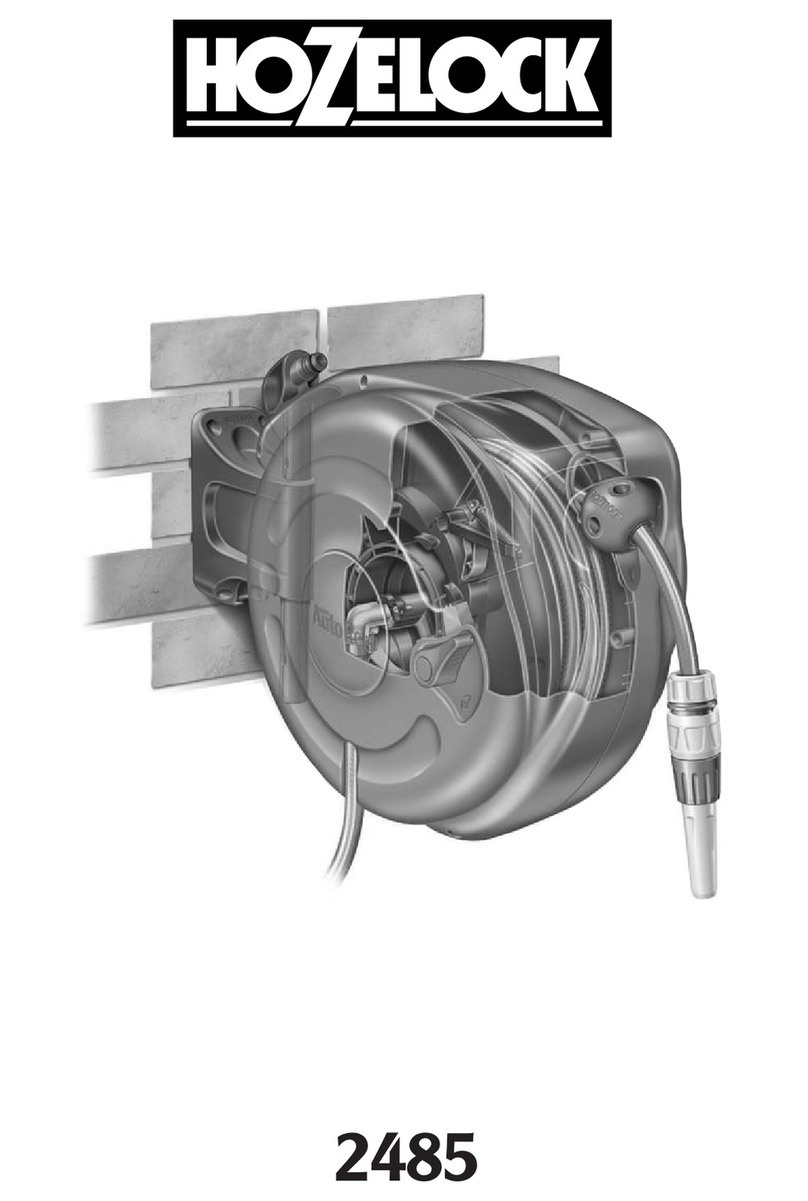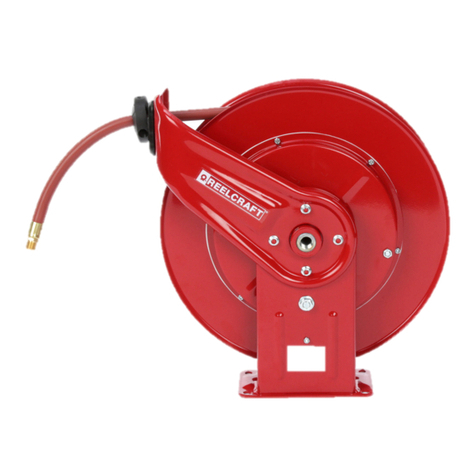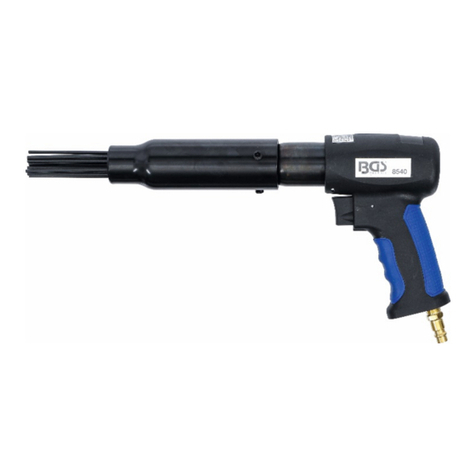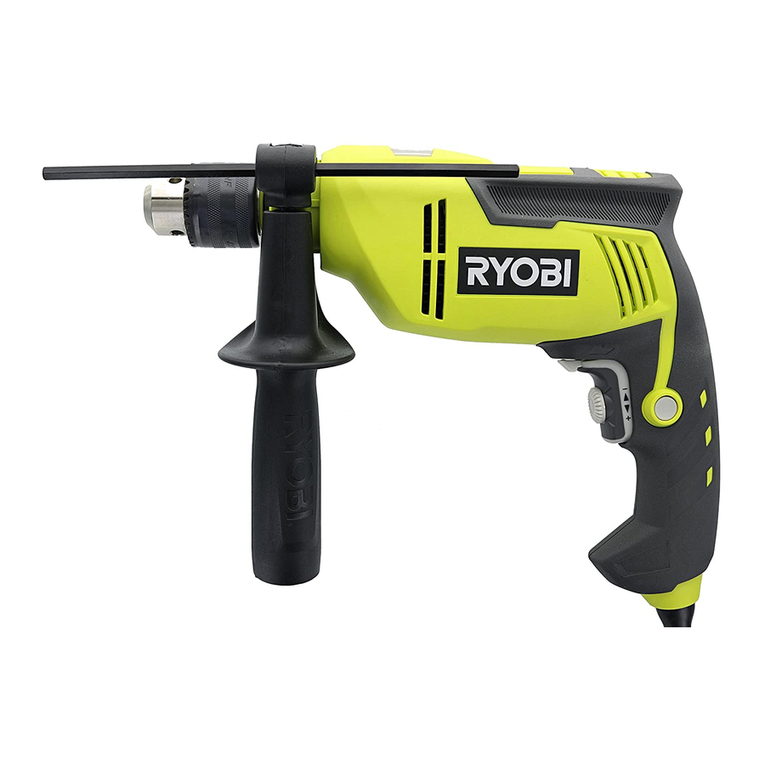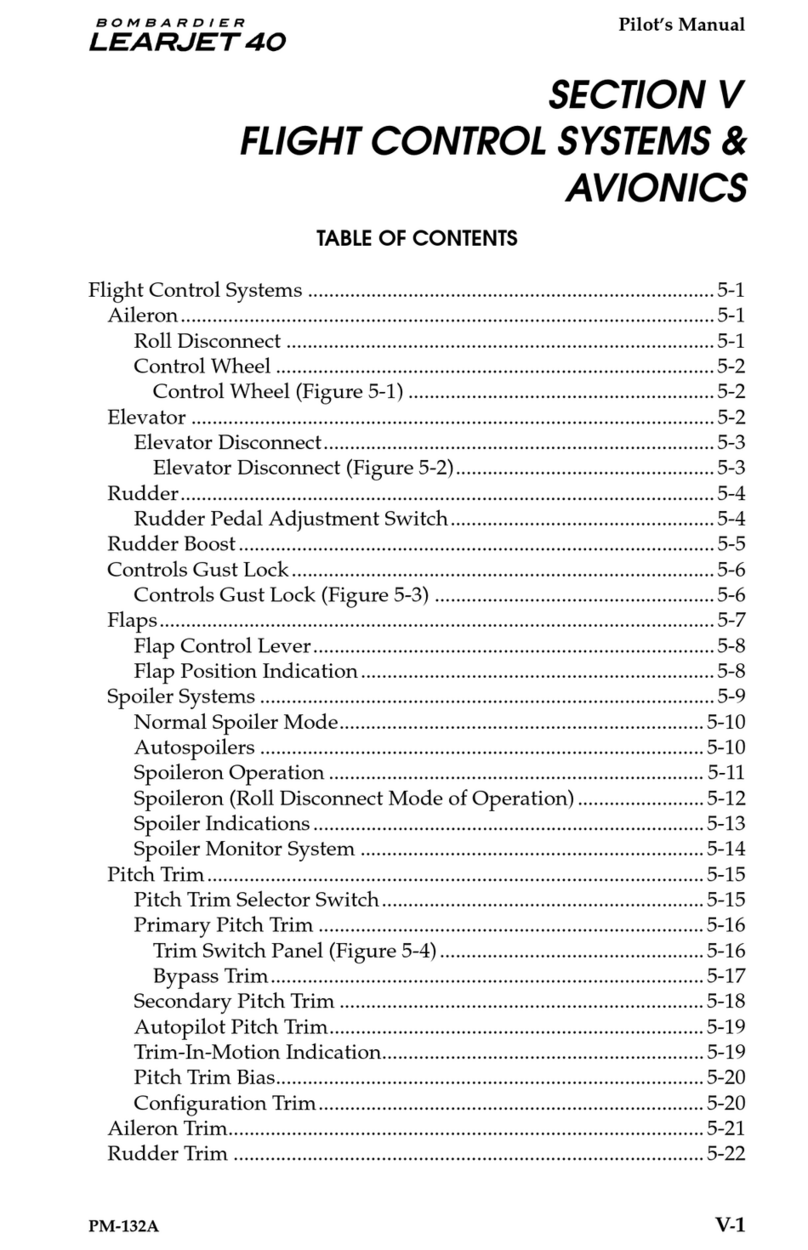
P2545KA | 2022-12 | REV C
GHz
Legend
x: Approved and available
-: Not permissible, blocking necessary
o: Permissible with limited power to 20 dBm (SRD)
2.1.3 Cell planning for access point
Each channel operates with a frequency range of 22 MHz. To avoid overlapping the frequency ranges, the
channels must be chosen so that they do not overlap. In other words, a maximum of 3 independent chan-
nels (e.g., 1, 6 and 11) are available in the 2.4 GHz frequency band.
The 5 GHz frequency band provides up to 21 independent channels.
To minimize interference between different radio cells that share the same RF channel, it is advisable to
physically separate them. Note that for multistory buildings, it is necessary to consider both higher and
lower floors.
The following overview shows the basic channel assignment.
Fig. 2-3: Idealized radio cells, the rectangle symbolize the application areas of the tools
The physical circumference of a radio cell depends primarily on the access point used, the antennas and
the type of construction in the surrounding area. The limit of a radio cell is reached when the signal-to-
noise ratio (SNR) falls below 15 dB. If the ratio falls below this value, a new radio cell should be started.
The typical circumference of a radio cell in a building is up to 50 m.
For the tool to be able to connect to different access points automatically (roaming), the SSID and encryp-
tion must be set identically at the corresponding access points.
-area coverage with controlled emission from multiple access points is required, correspo
nding plan-
ning and evaluation must be carried out for the specific case.
Example installation 5 GHz
•Several overlapping radio cells are possible, even if only one free channel is used.
•Up to 200 tools are then possible within the radio range with a limited volume of data.
•The range of the radio cells is limited by the minimal transmission power.
Channel 1Channel 6Channel 11


















